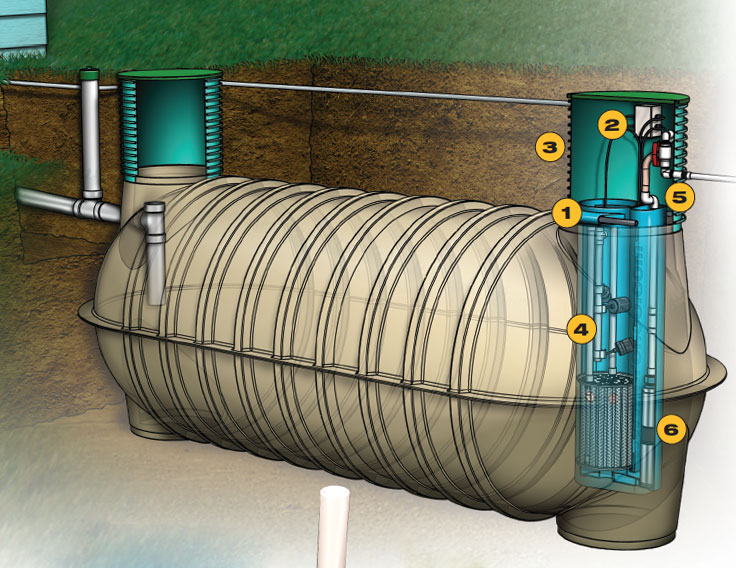Up to 36 Months Financing Available
Free Septic System Inspection Up to 36 Months Financing Available
Up to 36 Months Financing Available
Free Septic System Inspection Up to 36 Months Financing Available
A lift station, as the name suggests, is a pump station designed to move wastewater from a lower elevation to a higher elevation through the use of a complex system of pumps, valves, and electrical equipment. This is a critical piece of infrastructure in areas where the gradient of the area does not allow for a natural flow. For instance, when the septic tank is situated below the drainfield, the elevation may not be sufficient to allow for gravity flow. Therefore, a lift station comes in handy for transporting wastewater from a low to a high elevation.

The main benefit of installing a lift station is the cost savings you’ll realize in the long-term. With a lift station, you won’t incur excavation expenses, which involve leveling out your property and installing pipes that would be required to move wastewater from a lower elevation to a higher elevation. A properly installed lift station moves wastewater through uneven elevations, meaning you won’t incur extra costs in excavations.
There are different types of lift stations, but their components are pretty much the same. The following are the key components of a lift station:
Raw sewage is fed into the receiving well, and once this sewage reaches a certain level; it triggers electrical sensors that turn on the pump. When the pump is activated, it pumps the sewage out to its next destination, depending on how your system is designed.
Like other components of your septic system, you need to keep up with lift station maintenance. Proper lift station maintenance helps to prevent costly repairs and replacements, prolongs its lifespan, and prevents health problems.
If you’re looking for a trusted septic company to help you with lift station maintenance, look no further than Septic Blue of Charlotte. The septic professionals at Septic Blue of Charlotte are a reliable source for professional lift station maintenance, septic tank pumping, septic cleaning, and septic maintenance.
If you’re looking to install a lift station in your home or there’s an issue with your lift station or any part of your septic system, the professional septic technicians at Septic Blue of Charlotte are ready to help. Septic Blue of Charlotte is a professional septic company providing a range of reliable septic services, including lift station installation, septic tank pumping, septic tank repair, septic cleaning, and more.
Call Septic Blue of Charlotte today for all of your septic system needs.